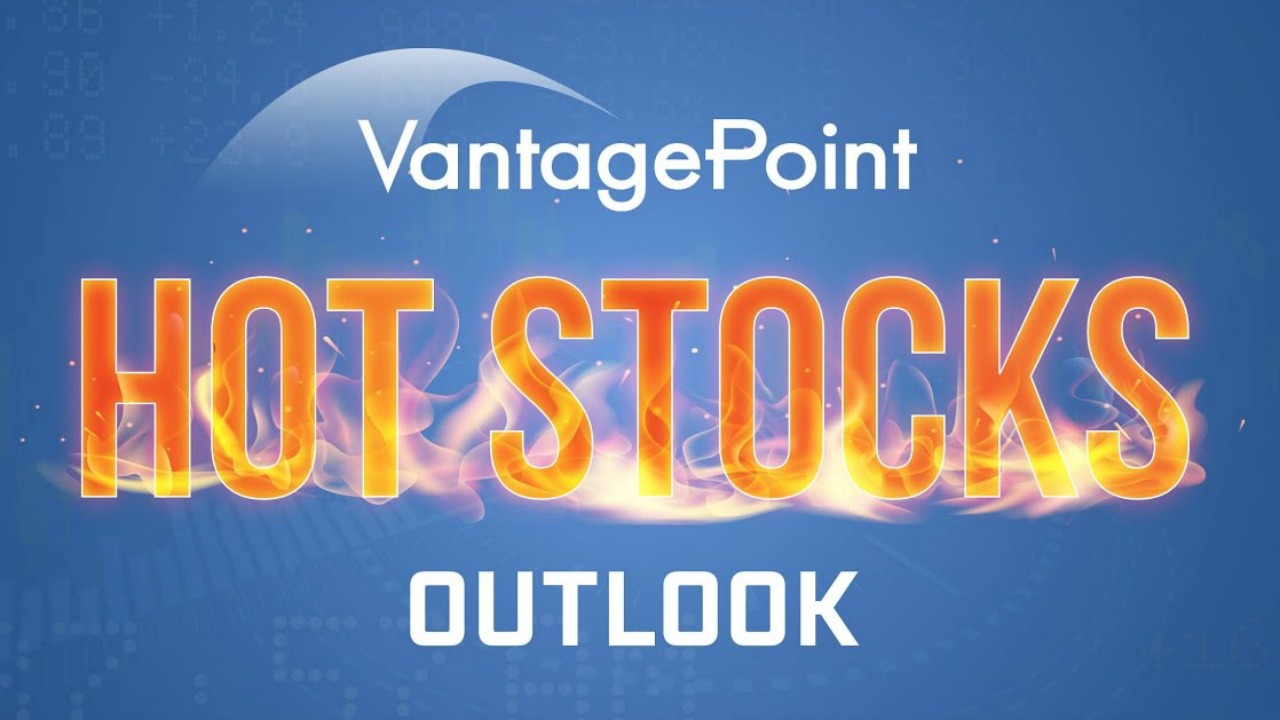What is the importance of technical indicators in today’s trading conditions?
You’ve done the research on a company, evaluated their balance sheets, and taken into account the P/E ratios and other projections. While this due diligence is extremely important when trading stocks, to maximize your potential for return, make sure you aren’t neglecting the importance of technical indicators in your trading arsenal.
Technical analysis is a method of evaluating securities by analyzing statistics generated by market activity, such as past prices and volume. Technical analysts do not attempt to measure a security’s intrinsic value, but instead use charts and other tools to identify patterns that can suggest future activity.
Technical analysis can be broken down into a number of sub categories depending on the types of technical indicators.
Trend Trading Indicators – Trend Lines
Experienced traders say the first thing any trader should know about a market is the trend. A market can only do three things – it can go up, it can go down, and it can go sideways. Trend Lines are an important trading tool for identifying and confirming the trend direction. They can also help predict areas of support and resistance and help traders spot important chart movements and significant price points.
A Trend Line is a straight line that connects a series of price points. The more price points the line touches, the stronger and more important the trend line is perceived to be. As a general rule, it takes at least three distinct points to confirm a valid trend line.
An Uptrend Line has an upward slope and is drawn by connecting three or more low points on a chart. Each low price point must be higher than the preceding low price point to form the positive sloping line. An Uptrend Line can act as support in a positive trending market. As long as prices continue above the Trend Line, the uptrend is considered intact. If prices break below the Trend Line, it could be an indication that the uptrend is coming to an end.
A Downtrend Line has a downward slope and is drawn by connecting three or more high points on a chart. Each high price point must be lower than the preceding high price point to form the negative sloping line. A Downtrend Line can act as resistance in a negative trending market. As long as price continue below the Trend Line, the downtrend is considered intact. If prices break above the Trend Line, it could be an indication that the downtrend is coming to an end.
Trend Trading Indicators – Moving Averages
Trend lines are the basic indicator of trend, of course, but they are quite subjective, depending on the eye of the beholder. A line that might fit one time frame may not be right for another time frame.So analysts have refined technical indicators that can verify visible trend observations from a price chart.
Perhaps the simplest to understand and most widely used of these technical indicators is a moving average, which traders have used for many years to smooth out erratic short-term price fluctuations to reveal existing trends or situations where a trend may be ready to begin or about to reverse.
The Simple Moving Average (SMA) is calculated by adding prices for a specified period of time and dividing by the number of prices in that period to get an average. Each price is given an equal weight. As each new price becomes available, the oldest price is dropped from the calculation. Many traders use a six day moving average.

With a Weighted Moving Average (WMA) more weight is given to the latest price, which is regarded as more important than older prices. If you are calculating a three-day weighted moving average, for example, the latest price might be multiplied by 3, yesterday’s price by 2 and the oldest price three days ago by 1. The sum of these figures is divided by the sum of the weighting factors – 6 in this example. This makes the weighted moving average more responsive to current price changes.
Moving averages have several uses: (1) Reveal trends by smoothing out data when market “noise” produces erratic price patterns, (2) identify points where trends may be ready to begin or end, (3) indicate shifts in market momentum based on the performance of price vs. a moving average or one moving average vs. another.
But most moving averages are lagging indicators. While they are great at identifying past market behavior, they have no predictive value. The higher level moving average is the Predictive Moving Average (PMA) used in the VantagePoint trading software.
With VantagePoint’s PMA, six days are still averaged, but day five and day six are predicted. This minimizes, if not totally eliminates, the lag. Now, the important key here is that the two days of predicted data are derived from the ongoing “under the hood” work of neural networks and intermarket analysis. VantagePoint takes technical analysis to a whole different level.

Momentum Trading Indicators
Traders are obviously interested in prices and how they change over time, but they are equally interested in measuring how fast prices are changing – the momentum of the market. Is the velocity of a price trend increasing or diminishing? Does this measurement suggest anything about future price direction?
Momentum is simply the difference between prices over some period of time. What distance does price cover in what amount of time? A price at any given moment – $42 for Microsoft stock (MSFT) for example – is just one price and doesn’t indicate whether prices are moving up or down. If the price rises $2 in one day, a trader now has a distance and a time to compare with previous price movements and arrive at a momentum value.
Momentum and Trend Trading Indicators Combined -MACD
Momentum indicators are often combined with trend following indicators such as the Moving Average Convergence Divergence Indicator (MACD).
The indicator consists of a MACD line, a Signal or Trigger line, and a Histogram. The MACD line is typically calculated as a 12-day Exponential Moving Average (EMA) minus a 26-day Exponential Moving Average (EMA). The Signal line is typically calculated as a 9-day EMA of the MACD line. The difference between the MACD line and the Signal line is represented by the Histogram.
Signal line crossovers are the most common usage of the MACD indicator. When the MACD line crosses above the Signal line, it could be viewed as a bullish crossover and suggests the trend has turned up. When the MACD line falls below the Signal line, it could be viewed as a bearish crossover and suggests the trend has turned down.
While the traditional MACD can be a valuable indicator, it is still lagging. However, the proprietary Predicted MACD in VantagePoint utilizes a 20-day EMA and a 10-day EMA, with a 9-day moving average of the two values as the trigger line to predict trend changes 1-day in advance.
When the Predicted MACD line crosses below from the trigger line, this predicts a possible reversal of the current uptrend to a new downtrend. When the Predicted MACD line crosses above the trigger line, this predicts a possible reversal of the current downtrend to a new uptrend. Another crossover indicator occurs when the Predicted MACD crosses above or below a “zero” line, which is the point where the values of the two moving averages that make up the MACD are equal.
Predicted MACD also defines overbought/oversold conditions in a market when it pulls away from the trigger line, suggesting the price of the market may be due for a correction that will bring the averages back together. Predicted MACD also spots underlying strength or weakness in a market when its movement converges or diverges from the movement of prices.
Trading Profit is Obtainable
The predicted MACD is just one tool, and as any trader knows, to be successful in the markets, you need to employ a confluence of factors. This includes strong fundamental analysis of the stock you want to buy combined with a cutting edge technical analysis tool like VantagePoint predictive trading software.









